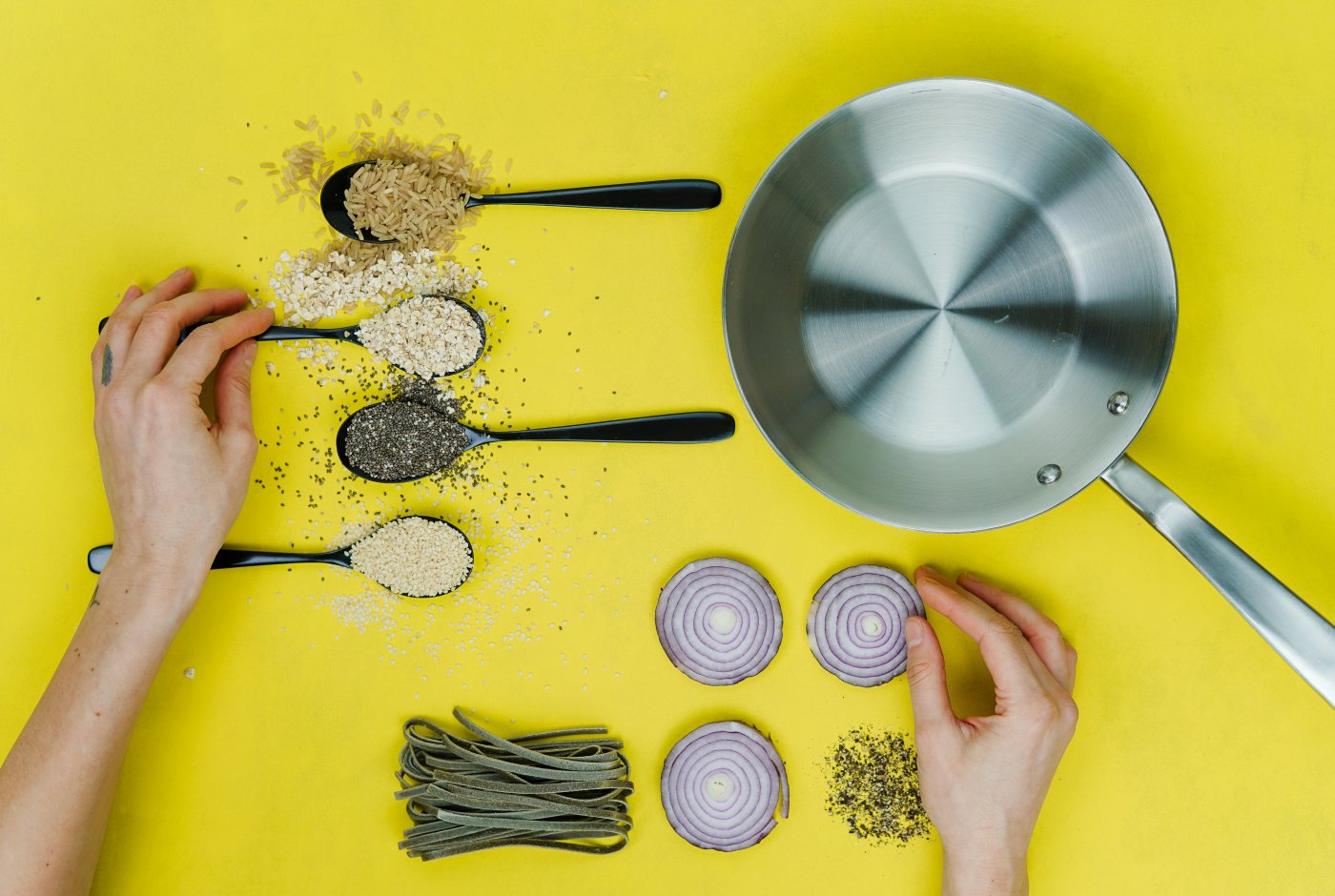
Science in the kitchen
What is the similarity between a nectarine and the globe? Why is a warm brie cheese good for understanding volcanic eruptions? And how on Earth can grapes be used to explain what diamonds are? Come to the kitchen where Line Friis Frederiksen explains the science with what she finds in the fruit bowl, in the fridge and in the kitchen drawers. It's Science Stories in the kitchen. Photographer: Henrik Prætorius.
#1 Bacteria in your sour milk
How is it right now, is how to detect sour milk? Why does it get bad? And can you count on the date at the top of the milk? Here we explain what happens (in Danish). And of course the dog gets the rest...
#2 Earth's crust, volcanoes and brie cheese
Imagine floating around on large tectonic plates here on the earth's surface. And that the movement of the plates gives rise to earthquakes, volcanoes and mountain ranges. Watch as we explain (in Danish) what happens in the top layer of the earth with a nice, warm, ripe brie cheese.
#3 Earth as a nectarine
What does it look like inside the Earth? And is the very core of the core liquid or solid? Take a look here where the Earth is compared to a nectarine (in Danish).
#4 Diamonds, graphite, grapes and spaghetti
The hardest material nature can produce is a diamond. Graphite found inside pencils, in turn, is soft. But maybe the two materials look more like each other. Take a look here (in Danish) as we use grapes and spaghetti to explain another thought-provoking phenomenon.
#5 Reproduction with rye bread
There are many ways to multiply. You can split into two, fertilize yourself or mate. And when it comes to mating, yes, there are some species that even group mate. Take a look here what happens (in Danish) when the sea hare mating is explained with rye bread.
See also the National Geographic video World's Weirdest: Underwater Love Chain.
Follow Science Stories on: YouTube, SoundCloud, Twitter, Facebook, and Instagram.